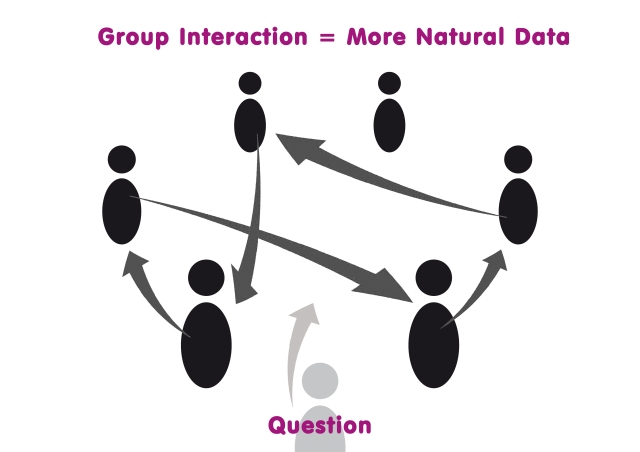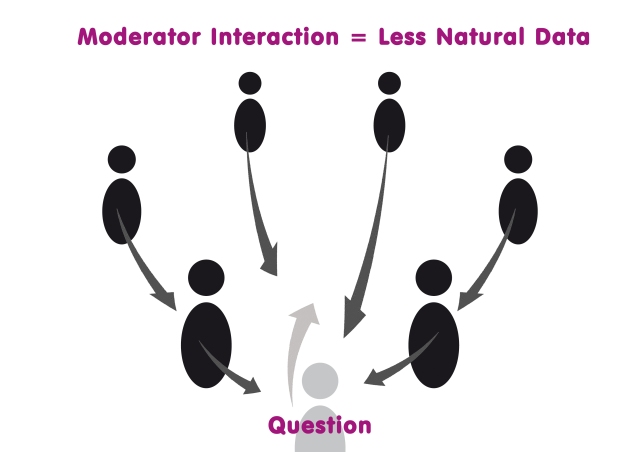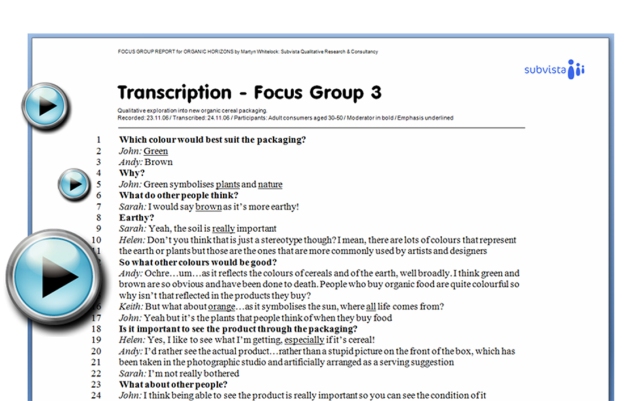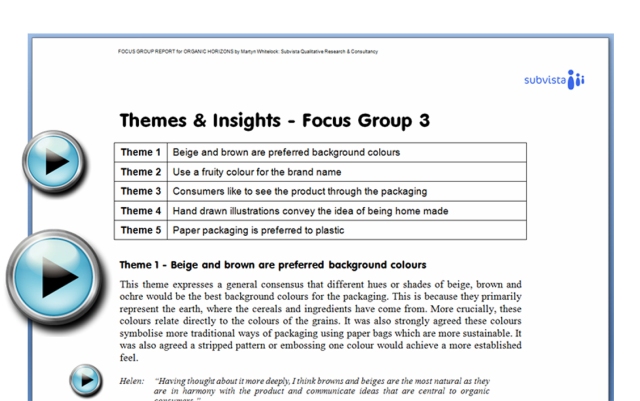Qualitative research is data-led, meaning priority is given to new information rather than imposing any existing knowledge. It offers the ability to acquire a deeper understanding of your situation by collecting and analysing information which is more relevant to your current situation. These new insights are vital for making future decisions, whether these concern commercial or social applications. Qualitative methods often involve direct interaction between the researcher and participants, whether this be in person or via some form of technology. In addition to any formal report, clients usually get data in various formats so they can verify the researcher’s interpretations, apply further analysis or keep it for future reference.
Qualitative practitioners seek to understand why people make the choices they do so this new knowledge can be acted upon by their clients. The qualitative paradigm involves some of the best ways to understand the state of our ever-changing realities. As well as generating fresh primary data through various investigative strategies, research can also analyse existing secondary data such as customer feedback, magazines, advertisements, reports, cultural or visual media. Traditional interviewing styles are still highly regarded, even at the boutique end of market research, and new technologies can provide some very ingenious ways of designing research and generating insight. With extensive agency practice and advanced professional training, I offer many years of conducting research to high ethical standards.
Dealing with subjectivity, qualitative research is often contrasted with quantitative research which simply looks at statistical relationships between pre-defined variables. Crucially, qualitative methods promote inductive thinking which can even influence the process of research, whereas quantitative methods are limited by their deductive approach. However, qualitative findings can provide the stepping-stones for investigating something on a larger scale and can be combined with quantitative methods to provide even broader understandings. A professional qualitative researcher will be able to highlight any key findings in order to meet the overall objectives of their client.
Focus Groups
A qualitative methodology which actively uses the social context to produce more naturalistic data compared with other interview styles. A group of people recruited from your target audience will discuss your issue or respond to any research stimuli. They commonly employ six to eight participants and last anywhere between one or two hours. The real power of focus groups lies in the way participants draw upon each other’s knowledge in order to go beyond their own understandings or any common stereotypes. As well as discovering any poignant new issues, differences of opinion are just as valuable and thought-provoking as any new or previously unrealised consensus. The end results are much easier to understand than complicated statistical data.
Participants also value group discussions as they often learn from the experience or simply enjoy sharing their opinions. Highly skilled moderators are needed to raise key questions, confirm new insights and manage the group on different levels. They commonly work closely with their client to develop a topic guide or other activities which can give an extra dimension to the research. There are different focus group formats which can be used for varying purposes or even modified to create original ways to understand your target audience. They are also renowned as an alternative to surveys because they are more cost-effective and can even be conducted online if geographical location or mobility is a concern.
Applications
Depth interviews and group discussions are common methods for generating qualitative data and there are numerous techniques emerging from research providers. Commercially, qualitative strategies are often used to understanding people’s emotional and behavioural connection with a particular brand, and are crucial for product development and consumer insight. Socially, they can help governments inform their policy-making and charities deliver better services.





